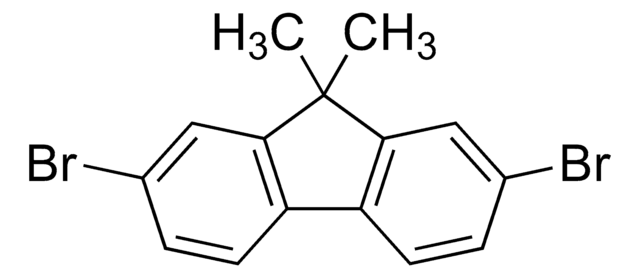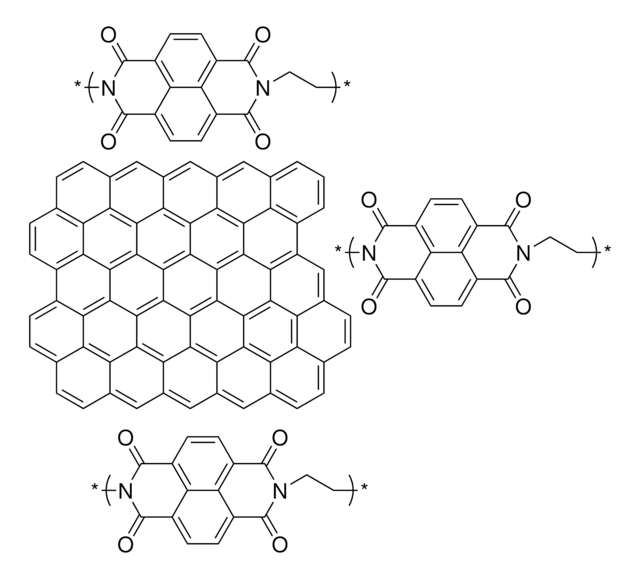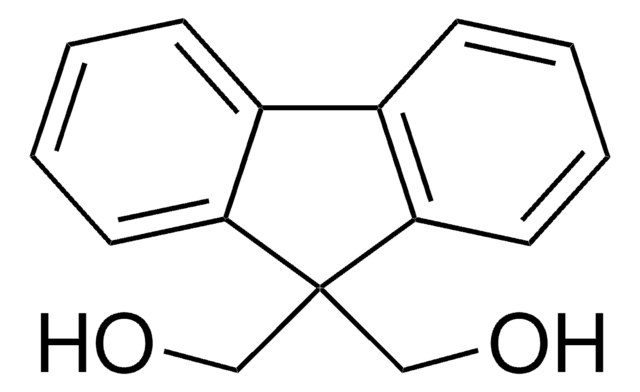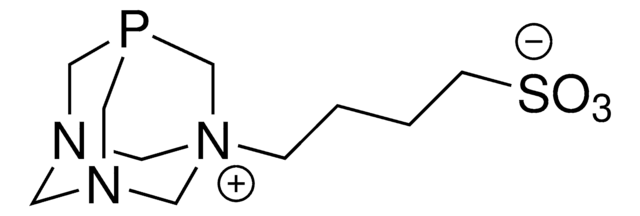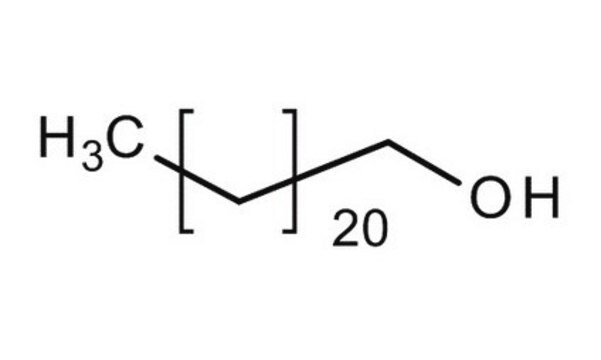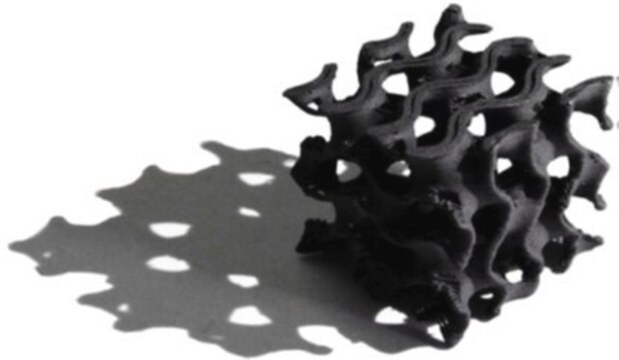Kluczowe dokumenty
918059
1 M 9,9-dimethylfluorene in THF
a precursor solution to prepare the prelithiation reagent for Si anode
About This Item
Polecane produkty
Poziom jakości
Formularz
liquid
zanieczyszczenia
≤1000 ppm H2O
Zastosowanie
battery manufacturing
temp. przechowywania
2-8°C
ciąg SMILES
CC1(C)C2=C(C=CC=C2)C3=C1C=CC=C3
InChI
1S/C15H14/c1-15(2)13-9-5-3-7-11(13)12-8-4-6-10-14(12)15/h3-10H,1-2H3
Klucz InChI
ZHQNDEHZACHHTA-UHFFFAOYSA-N
Zastosowanie
Recommended instructions (this should be a separate document):Soak your electrode with the anode material coated on a copper current collector in this prelithiation reagent for a set amount of time. Discard the solution and then wash your electrode twice with THF. For a 1cm diameter electrode with 1∼3 mg acitve material per cm2, use 0.5∼1 mL of prelithiation solution will be enough. You can use an empty coin cell casing as the treatment vessel. Electrode soaking time is important and may need to be optimized for your application. A good time to try is ∼10 min. Longer prelithiation time may cause eletrode structure deformation, leading to a decreased discharge/charge capacity.
Hasło ostrzegawcze
Danger
Zwroty wskazujące rodzaj zagrożenia
Zwroty wskazujące środki ostrożności
Klasyfikacja zagrożeń
Acute Tox. 4 Oral - Aquatic Chronic 2 - Carc. 2 - Eye Irrit. 2 - Flam. Liq. 2 - STOT SE 3
Organy docelowe
Central nervous system, Respiratory system
Zagrożenia dodatkowe
Kod klasy składowania
3 - Flammable liquids
Klasa zagrożenia wodnego (WGK)
WGK 3
Temperatura zapłonu (°F)
1.4 °F
Temperatura zapłonu (°C)
-17.0 °C
Wybierz jedną z najnowszych wersji:
Certyfikaty analizy (CoA)
Nie widzisz odpowiedniej wersji?
Jeśli potrzebujesz konkretnej wersji, możesz wyszukać konkretny certyfikat według numeru partii lub serii.
Masz już ten produkt?
Dokumenty związane z niedawno zakupionymi produktami zostały zamieszczone w Bibliotece dokumentów.
Nasz zespół naukowców ma doświadczenie we wszystkich obszarach badań, w tym w naukach przyrodniczych, materiałoznawstwie, syntezie chemicznej, chromatografii, analityce i wielu innych dziedzinach.
Skontaktuj się z zespołem ds. pomocy technicznej